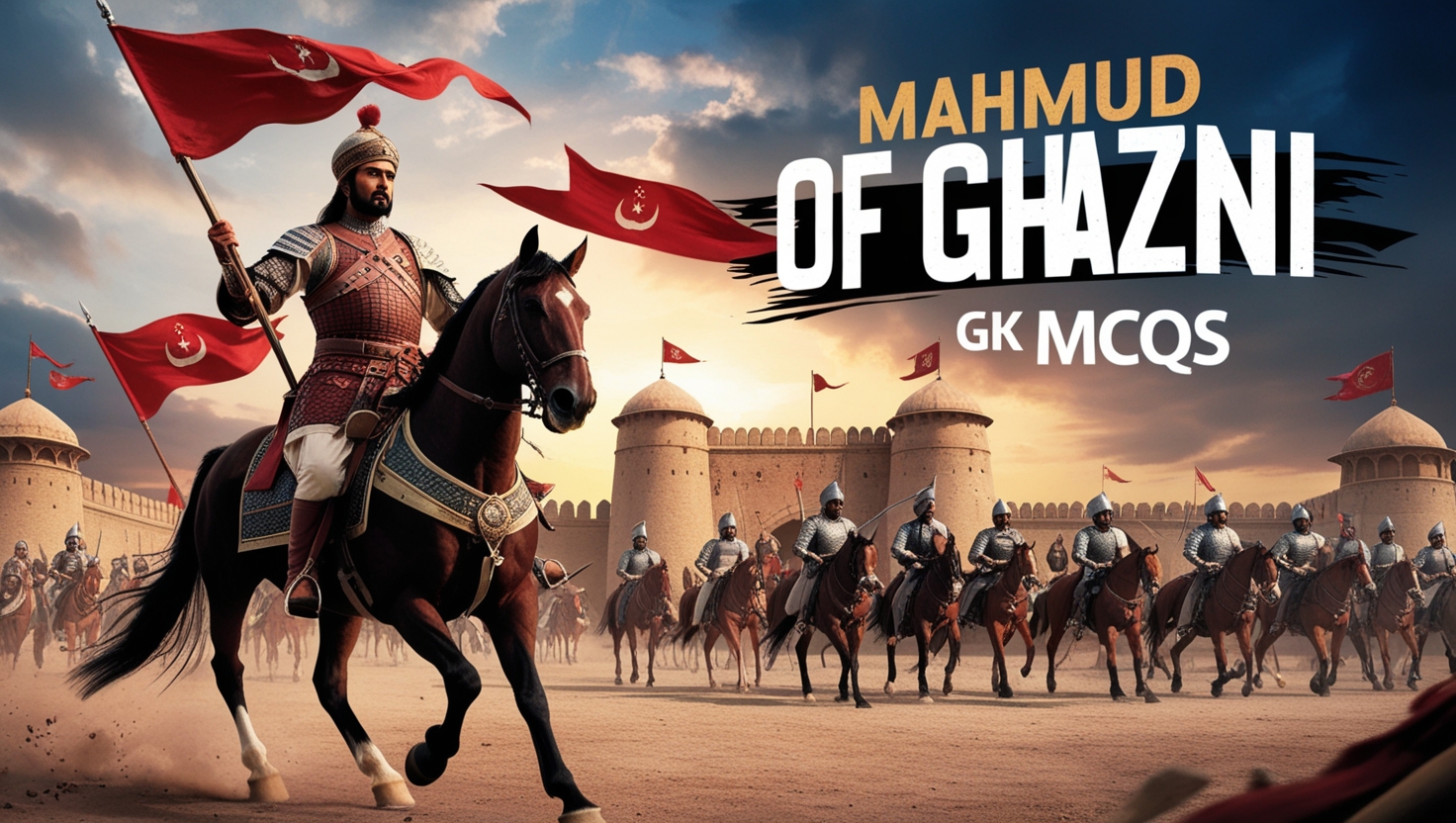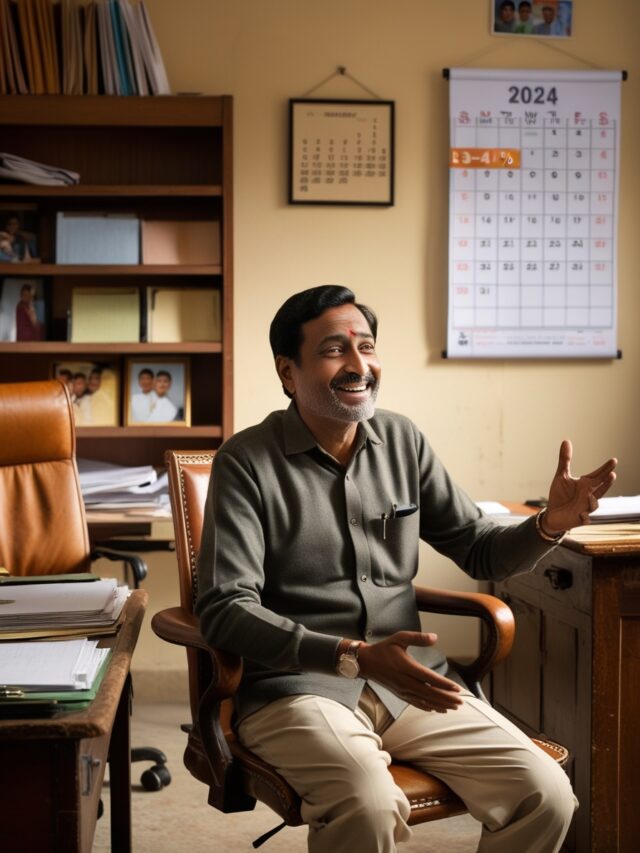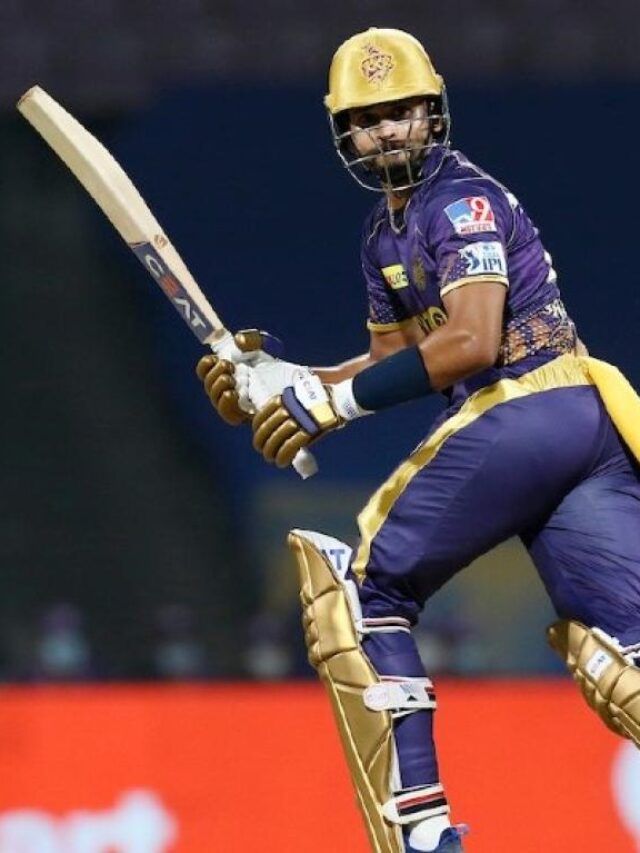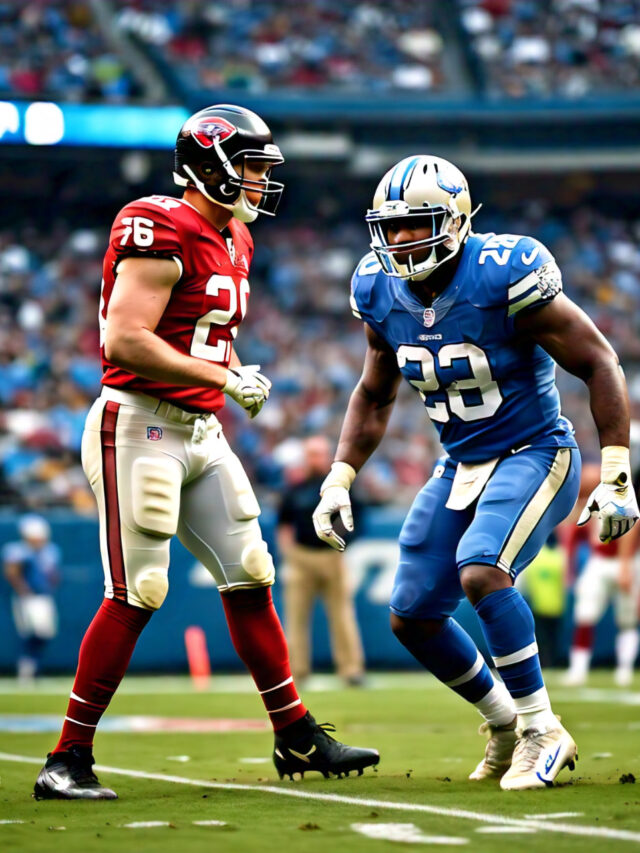
1. Mahmud of Ghazni invaded India for how many times?
- 13
- 15
- 17
- 19
Show Answer
Answer: 17
Mahmud of Ghazni, the ruler of the Ghaznavid Empire in the 11th century, did indeed invade India multiple times, but the exact number of his invasions is a subject of historical debate. While some sources suggest that he conducted 17 raids in India, others propose a lower number, possibly around 17 to 20 campaigns. His primary objectives were to accumulate wealth, especially from temples and palaces, and to spread Islam in the region.
2. In which year was the Somnath Temple plundered by Mahmud of Ghazni?
- 1021 AD
- 1025 AD
- 1027 AD
- 1030 AD
Show Answer
Answer: 1025 AD
The Somnath Temple, located in the present-day Indian state of Gujarat, was indeed plundered by Mahmud of Ghazni in 1025 AD. The temple was known for its immense wealth and religious significance. It was later rebuilt by Indian rulers after Mahmud’s invasion, reflecting the enduring spiritual and cultural importance of the site.
3. During the reign of which Chandella ruler did Mahmud Ghazni invade Kannauj in 1018 and Kalinjar in 1019 AD?
- Ganda
- Vidyadhara
- Paramdideva
- Nannuka
Show Answer
Answer: Vidyadhara
Mahmud of Ghazni invaded the Indian city of Kannauj in 1018 and Kalinjar in 1019 AD during the reign of Vidyadhara, a ruler of the Chandella dynasty. These military campaigns were part of Mahmud’s efforts to expand his empire’s territory in India.
4. Who among the following was the founder of the Ghaznavid dynasty?
- Alp Tigin
- Bilgetegin
- Subukitgin
- Mahmud of Ghazni
Show Answer
Answer: Alp Tigin
The Ghaznavid dynasty was founded by Alp Tigin, who was not the father-in-law of Mahmud of Ghazni. Mahmud was, in fact, Alp Tigin’s successor and the most prominent ruler of the Ghaznavid dynasty.
5. Mahmud of Ghazni maintained an ideological link to the suzerainty of which caliphate?
- Fatimid Caliphate
- Abbasid Caliphate
- Umayyad Caliphate
- None of them
Show Answer
Answer: Abbasid Caliphate
Mahmud of Ghazni maintained an ideological link to the Abbasid Caliphate in Baghdad. The caliph recognized Mahmud as the legitimate ruler of the lands he occupied, which further legitimized Mahmud’s rule and conquests in India.
6. In which battle was the confederacy led by the Hindu Shahi army of Anandapala defeated by Mahmud of Ghazni?
- Battle of Janjua
- Battle of Peshawa
- Battle of Chach
- Battle of Takeshar
Show Answer
Answer: Battle of Chach
The Battle of Chach was indeed fought between Mahmud of Ghazni and a confederacy of Hindu kingdoms led by Anandapala, the ruler of the Hindu Shahi dynasty. Anandapala’s forces were defeated by Mahmud of Ghazni, and this battle played a significant role in Mahmud’s conquest of parts of northern India.
7. Which of the following scholars accompanied Mahmud of Ghazni during his invasions on India?
- Firdausi
- Firistha
- Al Biruni
- Omar Khayyam
Show Answer
Answer: Al Biruni
Al Biruni, a renowned scholar and historian, did accompany Mahmud of Ghazni during his invasions of India. He lived in India for several years and made significant contributions to the study of Indian culture, science, and history.
8. The Battle of Bahraich (1033) that resulted in the complete annihilation of the Ghaznavid army, leading to a pause in Muslim conquests in India, was won by which of the following kings?
- Gangeyadeva
- Suhaldey
- Naravarman
- Bhoja
Show Answer
Answer: Raja Suhaldey
The Battle of Bahraich in 1033 AD was indeed won by Raja Suhaldey, marking a significant victory against the Ghaznavid army. This victory temporarily halted the Muslim conquests in India.
9. Which of the following conquests of Mahmud occurred chronologically later than the other three?
- Invasion on Kalinjar
- Invasion on Kannauj
- Invasion on Somnath
- Invasion on Thaneshwar
Show Answer
Answer: Invasion of Somnath
Mahmud of Ghazni’s invasion of Somnath did occur chronologically later compared to the other three conquests, and it is one of his most famous campaigns known for the plunder of the Somnath Temple.
10. Which of the following was the Chalukya King in power when Mahmud attacked and plundered Somnath?
- Nagaraja
- Bhima-I
- Durlabhraja
- Vallabhraja
Show Answer
Answer: Bhimla-I
Bhima-I was not the Chalukya king in power when Mahmud attacked and plundered the Somnath temple. Mahmud’s invasion of Somnath took place during the rule of Bhima-I’s successor, Bhima-II.
Q11: What was the main objective of Mahmud of Ghazni’s Indian conquests?
1. Propagation of Religion
2. Extension of Empire
3. Acquisition of Wealth
4. All of the Above
Show Answer
Answer: 3
Explanation: Mahmud of Ghazni’s main objective in his Indian conquests was, indeed, the acquisition of wealth. He sought treasures from temples and palaces, which played a significant role in financing his empire and the expansion of the Ghaznavid dynasty.
Q12: Who was the first person to introduce the Jaziya tax on non-Muslims in India?
1. Mohammd Bin Kasim
2. Mahmud of Ghaznavi
3. Subuktigin
4. Mohammad Ghori
Show Answer
Answer: 1
Explanation: The introduction of the Jaziya tax on non-Muslims in India is attributed to Mohammad Bin Qasim, an Umayyad general, when he conquered Sind in 712 AD. This tax was a form of tribute paid by non-Muslims in exchange for protection and allowed them to practice their faith.
Q13: Who was the first Turk to invade India?
1. Alpitigin
2. Subuktigin
3. Mahmud of Ghazni
4. Ismail Khan
Show Answer
Answer: 2
Explanation: Subuktigin, the father of Mahmud of Ghazni, was indeed the first Turk to invade India in 980 AD. His conquests laid the foundation for Mahmud’s later campaigns in the region.
Q14: Which of the following were not included in the ethnic composition of Mahmud of Ghazni’s armies?
1. Arabs
2. Indians
3. Tajiks
4. Greeks
Show Answer
Answer: 4
Explanation: Mahmud of Ghazni’s armies included a diverse array of soldiers from different ethnic backgrounds, including Arabs, Indians, Tajiks, and others. The composition of his forces varied depending on the specific campaign and region.
Q15: The first invasion of India by Mahmud of Ghazni took place in which year?
1. 1000 AD
2. 1001 AD
3. 1003 AD
4. 1005 AD
Show Answer
Answer: 2
Explanation: Mahmud’s first invasion of India occurred in 1001 AD against Raja Jaipala of the Hindu Shahi dynasty, marking the beginning of his campaigns in the subcontinent.
Q16: Who was the Hindushahi ruler who killed himself after being defeated by Mahmud of Ghazni?
1. Anandapala
2. Jaipala
3. Sri Bhima deva
4. Jai Chandra
Show Answer
Answer: 2
Explanation: After being defeated by Mahmud of Ghazni, Raja Jaipala, the Hindu Shahi ruler, did indeed commit suicide. He was succeeded by his son, Anandapala, who continued to resist Mahmud’s incursions.
Q17: Apart from Hindus, Jains, and Buddhists, Mahmud of Ghazni persecuted one group of Muslims also during his political and military career. Which of the following was that group?
1. Khawarij
2. Ismailis
3. Wahabis
4. Salafis
Show Answer
Answer: 2
Explanation: Mahmud of Ghazni was known to persecute Ismailis, whom he considered heretics due to their divergent religious beliefs.
Q18: Most of the soldiers called Pilwan in Mahmud’s army were Hindus. What was the work of Pilwan?
1. Assist the infantry in war-fields
2. Maintain supplies during war
3. Elephant Drivers
4. Cavalry Soldiers
Show Answer
Answer: 3
Explanation: The soldiers known as Pilwan in Mahmud’s army were primarily Hindus, and their role often involved serving as elephant drivers, handling these important war animals in battle.
Q19: Which of the following was the first independent ruler of the Turkic dynasty of Ghaznavids?
1. Ibrahim
2. Mahmud
3. Masud
4. None of the above
Show Answer
Answer: 2
Explanation: Mahmud of Ghazni was the first independent ruler of the Turkic Ghaznavid dynasty, which ruled from 999 AD to 1030 AD.
Q20: Mahmud of Ghazni had to fight a brief war of succession with which of the following brothers?
1. Raja Jayapala
2. Ibrahim
3. Masud
4. Ismail
Show Answer
Correct Answer: 1
Explanation: Mahmud of Ghazni fought the Battle of Peshawar with Raja Jayapala, the king of Bhatinda. This battle is a significant historical event in the context of Mahmud’s conquests in India.
Q21: Which of the following was the first ruler in history to assume the title of sultan?
1. Alaptagin
2. Subuktigin
3. Mahmud of Ghazni
4. Muhammad bin Qasim
Show Answer
Answer: 3
Explanation: Mahmud of Ghazni, the ruler of the Ghaznavid Empire, is often considered the first ruler in history to assume the title of sultan. This title marked a shift in political authority and leadership, distinct from the earlier titles used by rulers in the region.
Q22: Which of the following rulers was bestowed with the title Yamin-ud-Daula?
1. Alaptagin
2. Mahmud of Ghazni
3. Subuktigin
4. Saadat Ali Khan I
Show Answer
Answer: 2
Explanation: Mahmud of Ghazni was bestowed with the title Yamin-ud-Daula by the Abbasid caliph. This honor from the caliph legitimized his rule and conquests and reinforced his claim as a legitimate ruler.
Q23: Which of the following was the capital of the first Muslim empire of Afghanistan?
1. Khurasan
2. Ghazni
3. Kabul
4. None of the above
Show Answer
Answer: 2
Explanation: Ghazni served as the capital of the Ghaznavid Empire during Mahmud’s rule. The city played a central role in the administration of the empire and its military campaigns.
Q24: Mahmud of Ghazni fought the Battle of Peshawar with which of the following kings?
1. Jayapala
2. Mahendrapala
3. Anandapala
4. Dharmapala
Show Answer
Answer: 1
Explanation: Mahmud of Ghazni engaged in the Battle of Peshawar with Raja Jayapala, the king of Bhatinda. This battle was one of the significant military encounters during Mahmud’s Indian campaigns.
Q25: Mahmud of Ghazni led a raid against the Rai of Bhera on the River Jhelum in which of the following years?
1. 1004 A.D.
2. 1010 A.D.
3. 1014 A.D
4. 1020 A.D.
Show Answer
Answer: 1
Explanation: In 1004 A.D., Mahmud of Ghazni led a raid against the Rai of Bhera on the River Jhelum. These raids were part of his broader military expeditions in the Indian subcontinent.
Q26: Mahmud of Ghazni led a raid against the Muslim state of Multan in which of the following years?
1. 1000 A.D.
2. 1005 A.D.
3. 1010 A.D.
4. 1015 A.D.
Show Answer
Answer: 2
Explanation: In 1005 A.D., Mahmud of Ghazni conducted a raid against the Muslim state of Multan. His campaigns extended beyond India to encompass various regions.
Q27: Anandapala organized a confederacy with which of the following kings against Mahmud of Ghazni?
1. Rajas of Ujjain
2. Rajas of Gwalior
3. Rajas of Kalanjar
4. Only 1 & 2 & 3
Show Answer
Answer: 4
Explanation: Anandapala, a ruler of the Hindu Shahi dynasty, organized a confederacy with the rajas of Ujjain, Gwalior, and Kalanjar to resist Mahmud of Ghazni’s military campaigns in the Indian subcontinent.
Q28: Mahmud led an expedition to Thanesar in which of the following years?
1. 1010 A.D.
2. 1014 A.D.
3. 1020 A.D.
4. 1025 A.D.
Show Answer
Answer: 2
Explanation: Mahmud of Ghazni led an expedition to Thanesar in 1014 A.D. This was one of his invasions aimed at expanding his influence in northern India.
Q29: Mahmud regarded which of the following Pala rulers as his vassal?
1. Dharmapala
2. Mahendrapala
3. Rajyapala
4. Anandapala
Show Answer
Answer: 3
Explanation: Mahmud of Ghazni regarded Rajyapala, the seventh emperor of the Pala dynasty, as his vassal. The relationship between the Ghaznavid ruler and the Indian emperor was complex and influenced by military conflicts.
Q30: Mahmud captured Lahore after dispossessing which of the following rulers?
1. Rajyapala
2. Mahendrapala
3. Anandapala
4. Trilochanapala
Show Answer
Answer: 4
Explanation: Mahmud of Ghazni captured the city of Lahore after dispossessing Trilochanapala, the son of Anandapala. Lahore was an important city in his Indian conquests.
Q31: Which of the following poets completed his epic Shah Namah at the court of Mahmud?
1. Faruqi
2. Firdausi
3. Unsuri
4. Asjadi
Show Answer
Answer: 2
Explanation: The Persian poet Firdausi completed his epic Shah Namah, also known as the Book of Kings, at the court of Mahmud of Ghazni. This monumental literary work is considered one of the greatest epic poems in Persian literature.
Q32: Which of the following kings is credited with building a university at Ghazni?
1. Alaptagin
2. Subuktagin
3. Mahmud
4. Masud II
Show Answer
Answer: 3
Explanation: Mahmud of Ghazni is credited with building a university at Ghazni and equipping it with a library, museum, and salaried teachers. This demonstrates his contributions to culture and education during his rule.
Q33: Which of the following kings captured the Iranian cities of Rayy and Hamadan?
1. Alaptagin
2. Mahmud
3. Masud II
4. Subuktagin
Show Answer
Answer: 2
Explanation: Mahmud of Ghazni captured the Iranian cities of Rayy and Hamadan from the Buyids. His military campaigns extended beyond the Indian subcontinent to encompass parts of Iran.
Q34: Ghaznavid power was challenged in Khurasan and Khwarezm by which of the following kings?
1. Arabs
2. Rajputs
3. Seljuq Turks
4. Persians
Show Answer
Answer: 3
Explanation: During the reign of Masud I, the Ghaznavid Empire faced challenges from the Seljuq Turks in Khurasan and Khwarezm, which marked a period of geopolitical competition.
Q35: Masud I was the son of which of the following kings?
1. Alaptagin
2. Mahmud of Ghazni
3. Subuktagin
4. Baha-ud-Dawlah Ali
Show Answer
Answer: 2
Explanation: Masud I, who ruled from 1030 A.D. to 1040 A.D., was the son of Mahmud of Ghazni. He succeeded his father as the ruler of the Ghaznavid Empire.
Q36: Which of the following kings was the successor of Mahmud of Ghazni?
1. Subuktagin
2. Alaptagin
3. Jalal-ud-Dawlah Mohammed
4. Shihab-ud-Dawlah Masud I
Show Answer
Answer: 4
Explanation: After the death of Mahmud of Ghazni in 1030 A.D., Masud I ascended to the throne and became the ruler of the Ghaznavid Empire, continuing his father’s legacy.
Q37: Ghaznavid Empire was defeated by which of the following at the Battle of Dandangan?
1. Seljuk Turks
2. Rajputs
3. Arabs
4. None of the above
Show Answer
Answer: 1
Explanation: The Battle of Dandanaqan, fought in 1040 A.D., resulted in a significant defeat for the Ghaznavid Empire against the Seljuk Turks. This battle had profound consequences, leading to the loss of Ghaznavid territories in Iran and Central Asia to the Seljuqs.
Q38: Which of the following kings was the last Ghaznavid ruler?
1. Sabuktigin
2. Bahram Shah
3. Mahmud of Ghazni
4. Masud I
Show Answer
Answer: 2
Explanation: Sultan Bahram Shah was the last ruler of the Ghaznavid kingdom. He faced challenges, including a defeat by Sayf al-Din Suri in 1148, marking the decline of Ghaznavid power in the region.








Leave a Reply